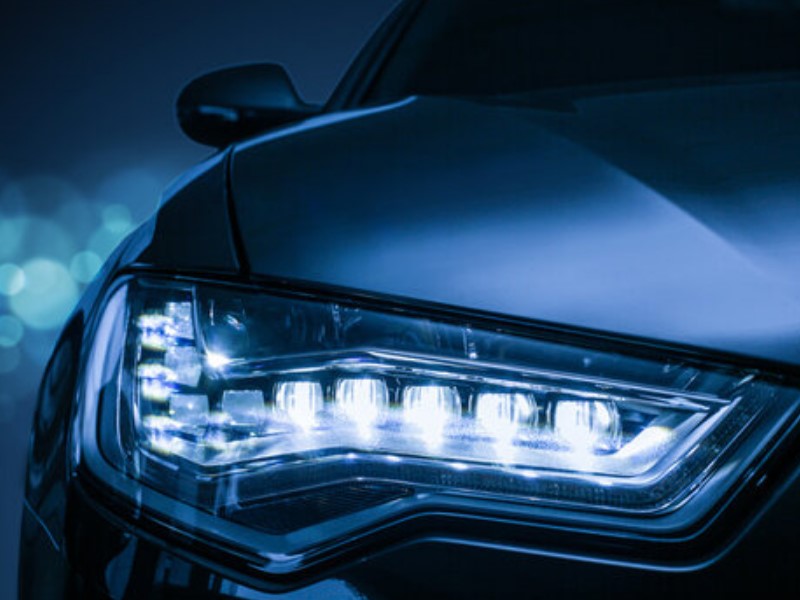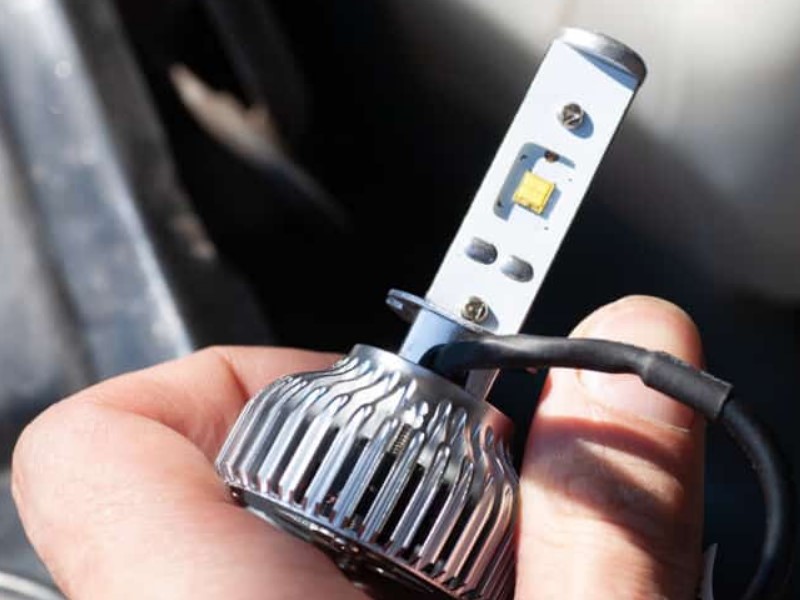Remember to Turn on The Lights … but Make Sure They are The Right Ones!
When we talk about car lighting, we must always resign ourselves to making a very cold evaluation, that is the price/performance ratio. Because of new generation technologies such as those of H7 LED bulbs for cars, doubts are multiplying and we have to decide if those who spend the most spend the least in the long term. But let’s start from the beginning.
Table of Contents
State of the Art of Car Lighting: Halogen Lamps or H7 LED Bulbs for Cars?
Let’s start by saying that most vehicles are equipped with halogen bulbs when they leave the factory. The choice, in this case, is somewhat dictated by comfort: they are in fact relatively cheap bulbs to produce and they do their job adequately. However, in recent years, auto manufacturers have started equipping their vehicles with LED headlights, and the aftermarket is booming with plug-and-play LED headlight conversion kits.
At this point, a good thing to do to better understand the differences is to compare halogen lamps and H7 LED bulbs for cars and look at performance and costs.
Halogen Headlights
Despite this market explosion in conversion kits, 90% of car headlights on the road today are equipped with halogen bulbs. The technology is not new, but it has been perfected as much as possible until it reached the visible results seen in the latest products.
Halogen bulbs are a form of incandescent light bulb that uses a tungsten filament with a small amount of halogen gas. We don’t want to teach you a lesson about it but if you are interested in how it works you can certainly learn more by finding some additional information online. Let’s just say that most conventional light bulbs use argon. The added halogen gas allows the evaporated tungsten to be redistributed on the filament, giving the bulbs a longer lifespan.

When current is passed through the filament, it heats up and it becomes white thanks to the iridescence, and then begins to emit light. This is why halogen bulbs are so warm to the touch. One of the problems they have is that most of the energy they emit is in the form of heat. The H7 LED bulbs for cars, on the other hand, are cold light. But we will see it later.
The Light Capacity of Halogen and H7 LED Car Bulbs
The ability of a light bulb to emit light relative to the absorbed power is called luminous efficiency. The quantity of energy emitted as light is therefore taken into consideration, compared to the quantity of electrical energy absorbed. Halogen bulbs have a luminous efficiency of only 2% – 4%, usually in a range from 50W to 60W. This rating is based on the amount of energy absorbed to produce light. It goes without saying that the H7 LED bulbs for cars, having an absorbed energy/light emitted ratio with higher performance but still within this range, far exceed halogen.

The characteristics that lead people to prefer halogen are however two and very important: simplicity and cost. Unlike HID and LED configurations, you don’t need sophisticated electronics to make everything work but just simple straight wires. If the bulb stops working, it is because the filament is damaged, nothing more. This simplicity is what helps keep costs down.
The H7 LED Bulbs for Cars
LED headlights work completely differently than halogen bulbs. Unlike halogens which have a filament, LEDs work by transferring current through a semiconductor.
As mentioned above, LEDs are much more efficient than halogen lights. Although they do generate some heat, it is nowhere near the amount emitted by halogens. This is why H7 LED car bulbs are said to produce cold light. Similarly to halogens, however, their lifespan is related to the temperature generated by the operation of the lamps. From what we have just finished saying, it follows that it will be much greater.
To keep the LEDs cool though, you need extra heat sinks and fans. This makes the lights physically larger than a halogen bulb, occasionally causing H7 LED car bulbs to fit issues on halogen headlamps.

H7 LED car bulbs also work at a lower voltage than halogen. This, coupled with the latest in-car communication systems (such as the CAN bus for example), often require additional electronic components to keep everything running smoothly. The cooling system also needs additional electronics to monitor and control the fans. All of this adds bulk, complexity and cost to LED systems.
To conclude, LEDs are better in terms of performance, duration, and consumption. However, you have to be willing to face a higher cost for a better lighting experience that would pay for itself in the long run.




